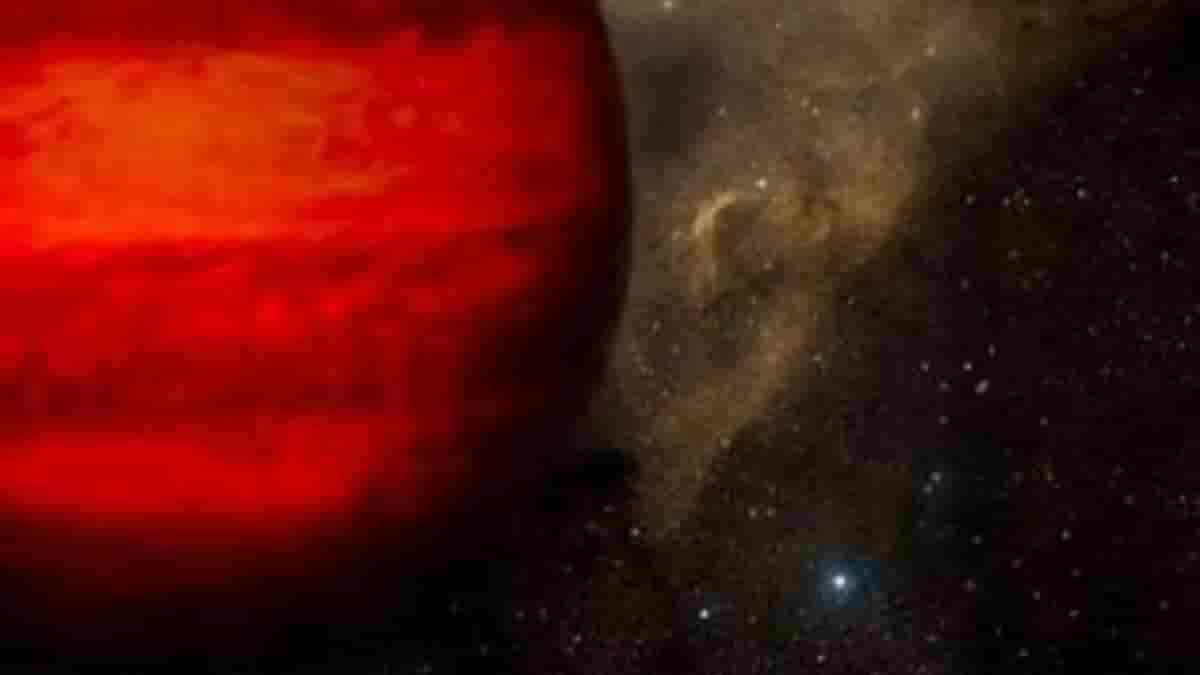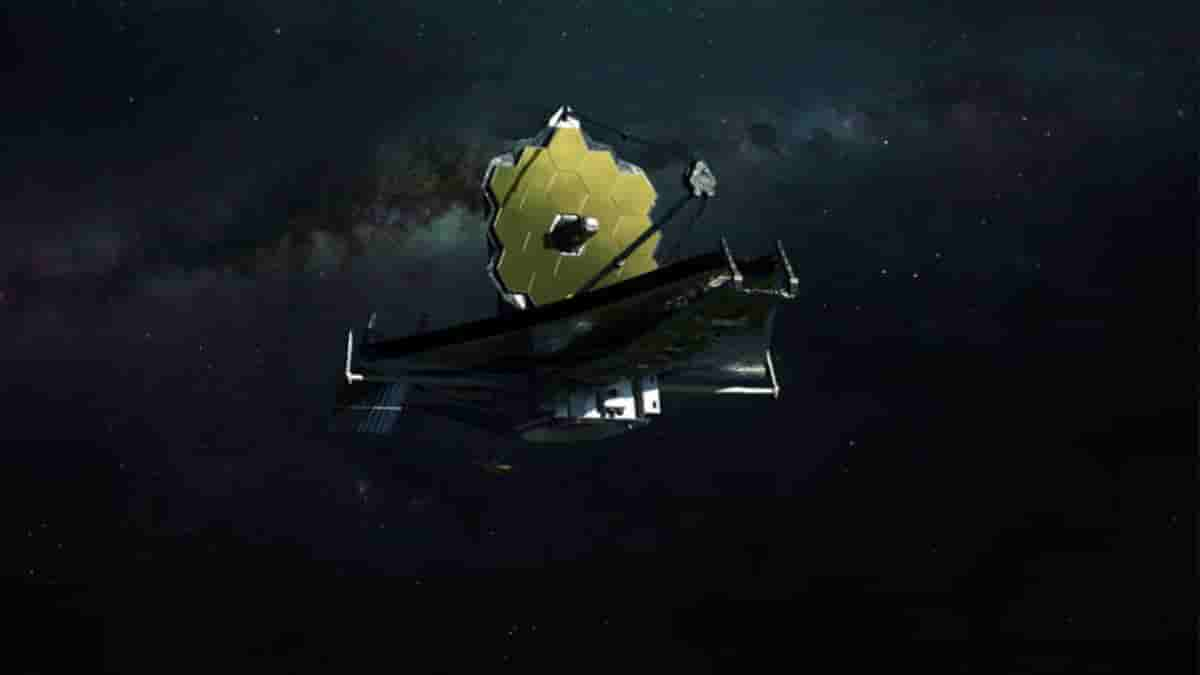James Webb Space Telescope discovers an alien planet that is shrouded in bizarre sand-filled clouds

A mysterious alien world covered in clouds of silicate grains that resemble sand has been discovered by the James Webb Space Telescope.
The exoplanet was discovered by the NIRSpec and MIRI sensors on the James Webb Space Telescope, and it was the first detection of its kind, according to a recent paper. The research revealed signs of clouds rich in silicates surrounding a brown dwarf that was over 20 times the size of Jupiter. The finding backs up several previous theories about these odd planet-like worlds.

Brown dwarfs are strange objects that are neither quite huge enough to become stars nor quite too massive to be planets. Brown dwarfs may consume deuterium to produce their own light and heat even if they cannot burn regular hydrogen (a less common isotope of hydrogen that contains an extra neutron).
The troubled brown dwarf, also known as VHS 1256 b, is situated 72 light-years from Earth in the southern constellation of the crow, Corvus. Two little red dwarf stars are circled by it. Astronomers have been perplexed by the strange exoplanet since it was discovered in 2016 because of its reddish color.
They thought that some kind of atmosphere might be responsible for the shine. According to Forbes, observations from the James Webb Space Telescope have now supported those hypotheses, showing that VHS 1256 b must be encased in dense clouds filled with silicate grains that resemble sand.
Webb also discovered the presence of water, methane, carbon dioxide, carbon monoxide, sodium, and potassium in the atmosphere of VHS 1256 b.
Due to the accuracy of the Webb measurements, it was possible to see how the ratio of the various gases varied throughout the atmosphere of VHS 1256 b, demonstrating that it is not still but rather chaotic and tumultuous.
VHS 1256 b is little for a brown dwarf, thus it’s likely that the body is still rather young. The exoplanet takes 17,000 years to complete its oval-shaped orbit around its two parent stars at a distance of 360 sun-Earths.


